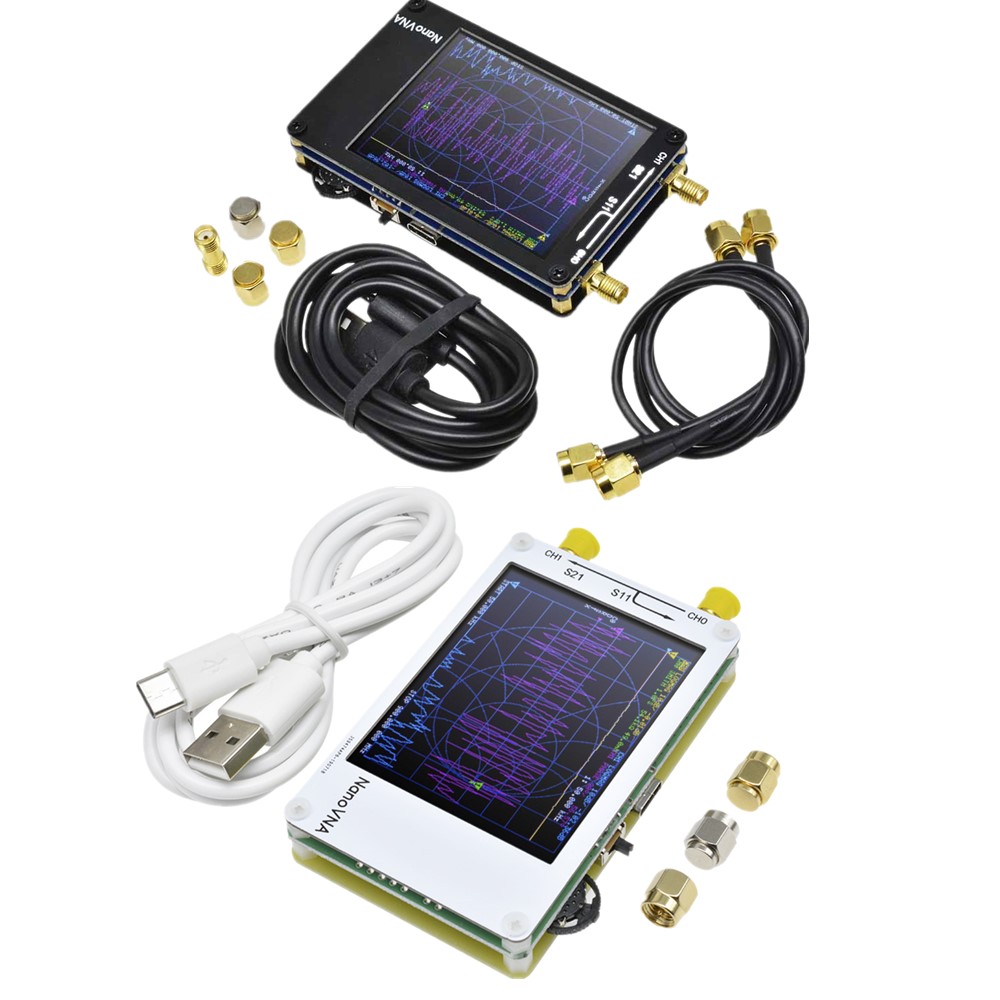
The picture to the left below is a close-up of the battery management section of the circuit. The shielding cans were clipped on rather than soldered on making their removal an easy task. Once the riser board for the battery is removed, you can see the main circuit board as shown below.Īnd here is a picture of the main board with the shielding cans removed. On the other side of the PCB, there is a large Lipo battery (19 Wh) mounted on a riser board. On the same side of the PCB you can also see what is presumably an I2C header and a programming header. Judging from the four wire traces on the LCD we can tell that this touch screen uses 4-wire resistive sensing. The LCD touch screen is placed on one side of the PCB as you can see in the picture to the left below. The NanoVNA-F V2 is enclosed in a beautiful aluminum case, with a diagram on the back clearly illustrating the relationship among the different S parameters in a two port network. A link to the video review is included towards the end. In this blog post, I will share some of the teardown pictures and take a look at its signal generator capabilities. It boasts a 5 Ah Lipo battery that allows continuous use up to 7 hours. It features a large 4.3 inch touch screen and compared to other Nano VNAs of similar specs (50 kHz – 3 GHz), this one appears to be very well made and came with lots of quality accessories. Specifications Bandwidth 10 kHz - 1.5 GHzĭisplay 2.8" Touch-screen TFT LCD (320x240)Ĭaution! The NanoVNA only works with MicroSD cards <32GB.Recently, I got my hands on a NanoVNA-F V2 made by SYSJOINT.

The NanoVNA-H4 with 3.95" touch-screen can be found here. NanoVNA-H has made an elaborate Wiki page with all guide steps and more information. There are many different versions in circulation, we sell the original NanoVNA-H by Hugen.

Furthermore, the NanoVNA-H has a built in 650 mAh battery and can be connected to an android phone or PC via USB(-C).īoth an WebApp for google chrome and an Android app are available controlling the analyser and displaying measurements. The analyser has a 2.8" touch-screen that can show the measurements in 101 points. The NanoVNA-H is a portable 10 kHz - 1.5 GHz vector network analyser designed to measure reflection and transmission coefficients of equipment without the need for a large analyser.


 0 kommentar(er)
0 kommentar(er)
